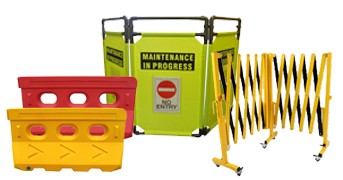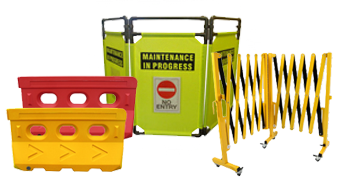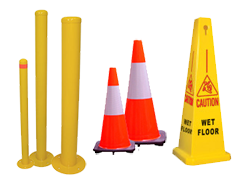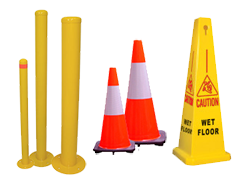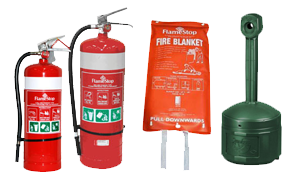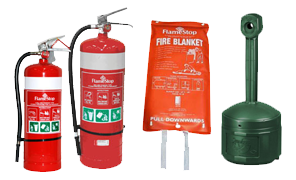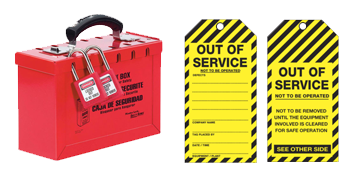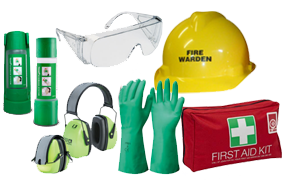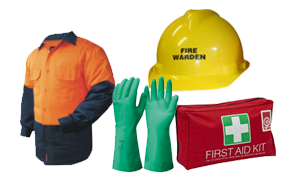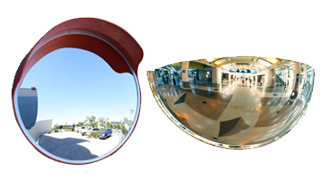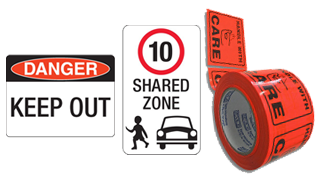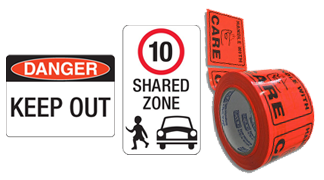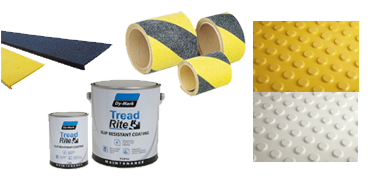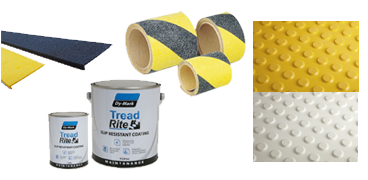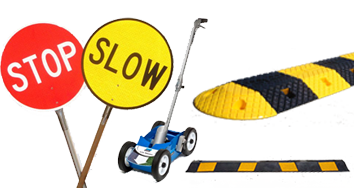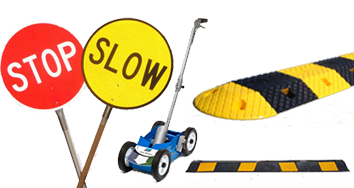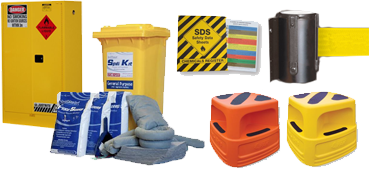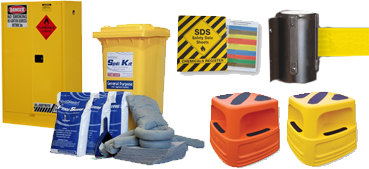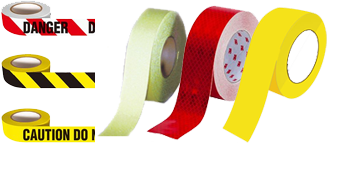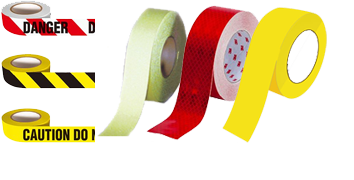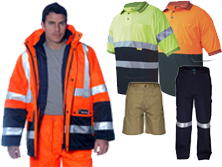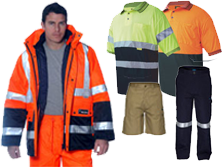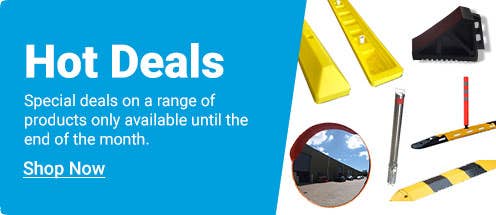Today, Google has paid tribute to Seiichi Miyake and his fantastic safety invention. In response, Bronson Safety has put together some information on this unique WHS product and its origins.
Did you know? These small raised blocks are so much more than a foot-path decoration.
A little bit of history
Tactile (or 'Tenji') blocks were invented in 1965 by Japanese man, Seiichi Miyake. These truncated domes were originally created as a small-scale project, to help a friend whose sight was rapidly diminishing. Today, this invention has become a mandatory safety measure used around to world to alert visually-impaired pedestrians when they are approaching danger.
Whether you're a pedestrian, business owner or safety officer, it is important to understand why these safety tools are necessary. The following is a short guide to the many uses for Tactile Indicators in Australia.


Directional / Leading Tactile Indicators
This first design consists of a series of raised, parallel lines spaced evenly apart. These act as a guide for direction and tell the user that they are heading down a safe path.
Directional Tactiles are required to...
-
Indicate open spaces that are lacking other tactile cues such as a wall, handrail, fence or curb.
-
Lead the pedestrian along a path today an obstacle of hazard such as a ticket office, public telephone, help point, tripping point or a vehicle and pedestrian shared space.
-
Provide direction toward points of reference such as pedestrian crossings, entry points of certain buildings or public transport access points.


Hazard / Warning Tactile Indicators
This second design consists of a dotted, circular block that is used to indicate imminent danger.
Hazard Indicators are required to indicate...
-
The top and bottom of stairways, escalators and moving walk spaces.
-
An obstacle or hazard, including ticket offices, public telephones, help points, tripping points or a vehicle and pedestrian shared spaces.
-
Safe road crossing points such as pedestrian crossings.
-
Entry and exit points of potentially hazardous driveways and car parks.
-
Public transport to warn of significant hazards such as train stations, bus stops and ferry terminals.
-
A wall or part thereof that intrudes on a path of travel.A short, overhead structure such as the underside of a stairwell or non-compliant escalator.
Both designs were created to be used in conjunction with each other, as an effective guide and safety tool. The domes are identifiable through the soles of shoes and when using a cane or other forms of support. Guide dogs are also trained to understand and use these safety signs.
These blocks are available in a number of styles, and are sold as separate studs or together in larger tile sizes. A majority of the products available include easy, DIY installation. As a company, we care for the safety of all Australians, including those with sight-impairments.
Disclaimer: This article is intended only as an initial guide, and does not include all necessary information for installing or placing these products. Further, Bronson Safety cannot be held responsible for the reader's interpretation of this material.

